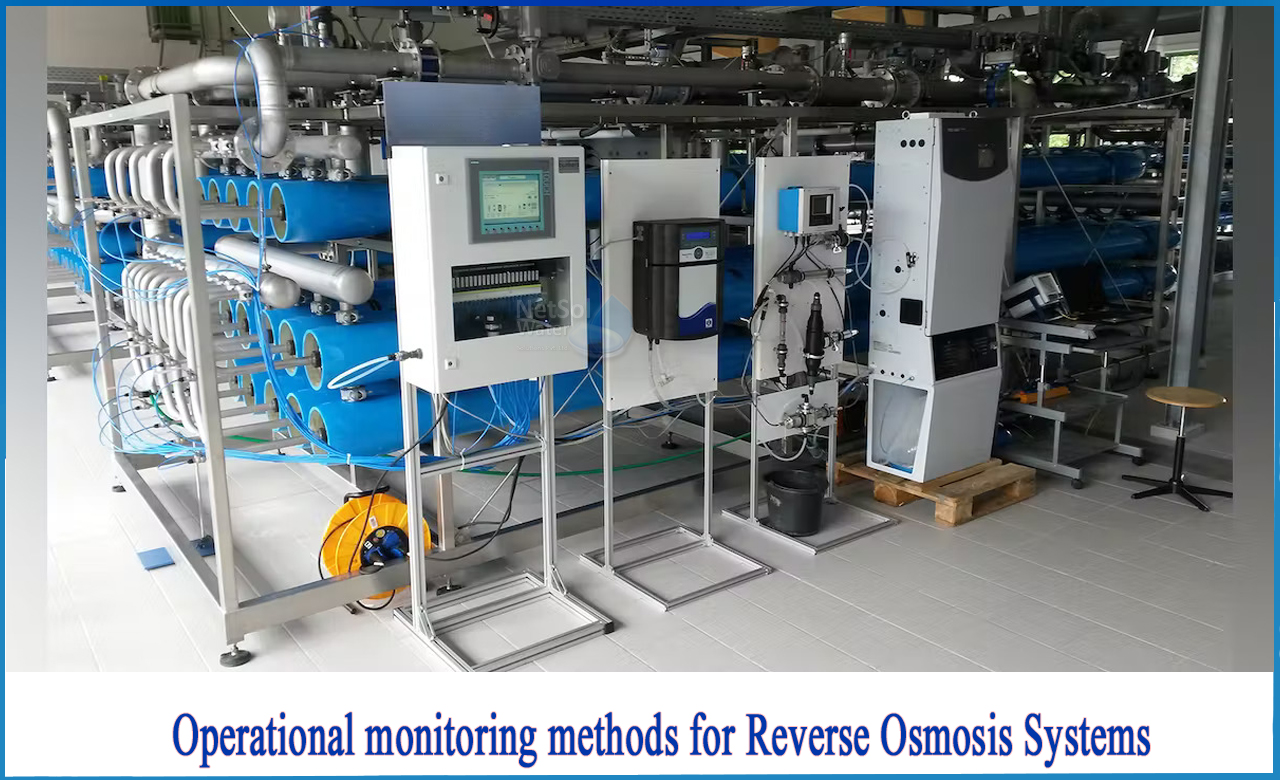What is Operational monitoring methods for RO Systems?
Monitoring the functioning of the RO is a must to ensure dependable, high-availability performance. Regular records will serve as a solid foundation for troubleshooting and complaint management.
Monitoring of RO Systems
When input water quality and operational parameters such as pressure, temperature, differential pressure, and recovery are consistent, permeate flow rate and quality should be within 5% of their intended values, with no significant variations or trends.
If the parameters vary, "normalise" them on a regular basis so that the normal and actual values may be compared. The frequency with which normalizations are performed will be determined by the magnitude and frequency of fluctuations in feed quality and operating circumstances.
This will also be the case prior to any maintenance work that will have an impact on general operational parameters. Correct operational conditions if required.
Normalization of permeate quality
The processes for normalizing calculation are shown below_
It is necessary to "normalize" daily actual operating data obtained to a set of standard conditions
Normalization = efficiency comparison of the current measured values
Compare these data with:
a) Measured values at initial operation or
b) Upon commissioning, with projection data in order to effectively evaluate system performance.
Normalized numbers will help you to see if the system is operating as expected. They assist in selecting appropriate remedial procedures when system performance deviates (e.g., cleaning).
Salt passage and salt rejection are defined and calculated as follows:
Salt passage (%) = (permeate conc.) / (average feed water conc.)×100
Salt rejection (%) = 100 ? salt passage
Precautions and useful information for monitoring operating data for Reverse Osmosis
Monitoring operational parameters on a daily basis gives a good foundation for evaluating RO system performance.
Recognize abnormal performance patterns in terms of salt passage, permeate flow rate, or pressure decrease. This allows for the selection of suitable countermeasures in a timely manner, preventing permanent damage to membrane elements or other system components. The following tolerance for variances can be used as a guideline:
These values are the variation in percentages of determined value from the mean value by_
(A) = data read by varying persons
(B) = single operator precision
Guidelines for maintenance or Considerations for cleaning of RO membranes
1) Follow the troubleshooting instructions.
2) It's important to pay attention to the tell-tale symptoms of a system's performance deterioration.
3) A systematic-graphical-monitoring chart of normalized performance data is advised for evaluating real system health and detecting trends early.
4) Quality of plant monitoring might be a condition for a system warranty that must be agreed upon for large projects and unique applications.
Technical assistance and guidance!
Netsol’s RO Plants offer both safe and environmentally friendly performance at a low cost. These machines may generate pure water outputs, depending on feed water quality and flow rates. Our technical team can design and build the precise equipment that meets or exceeds client quality standards.
Call us if you want the best water or wastewater treatment system for your home or business. Our services include Commercial RO Plants, Industrial RO Plants, STPs, ETPs, as well as a variety of useful after-sales services. Our professionals will check the customer's location first, then explain the available options and thus, allow you to select what is best for your property. You can always find useful information by liking and following us on YouTube and LinkedIn.
For further inquiries or product-purchase-related questions, give us a call on +91-9650608473 or email at enquiry@netsolwater.com



